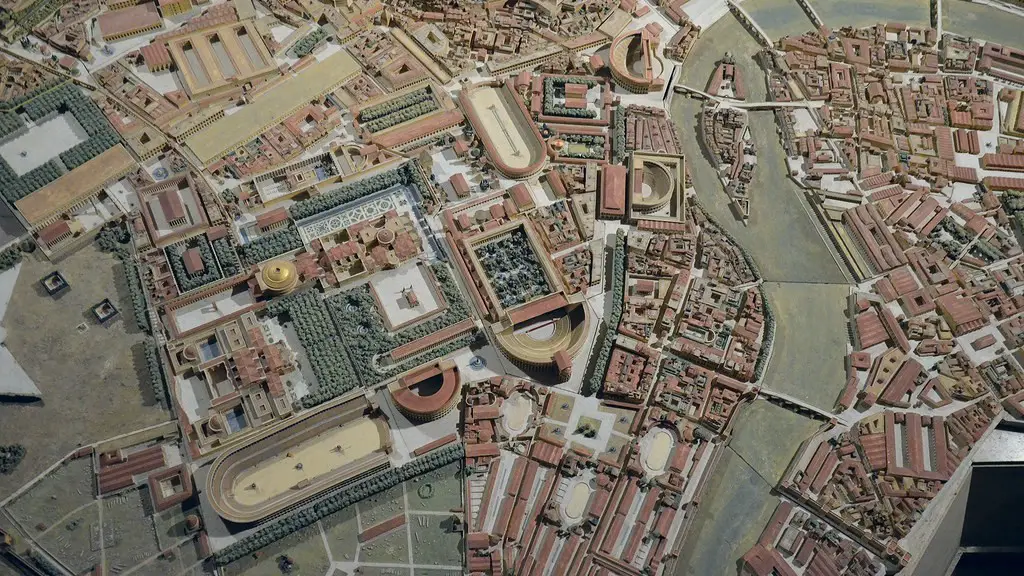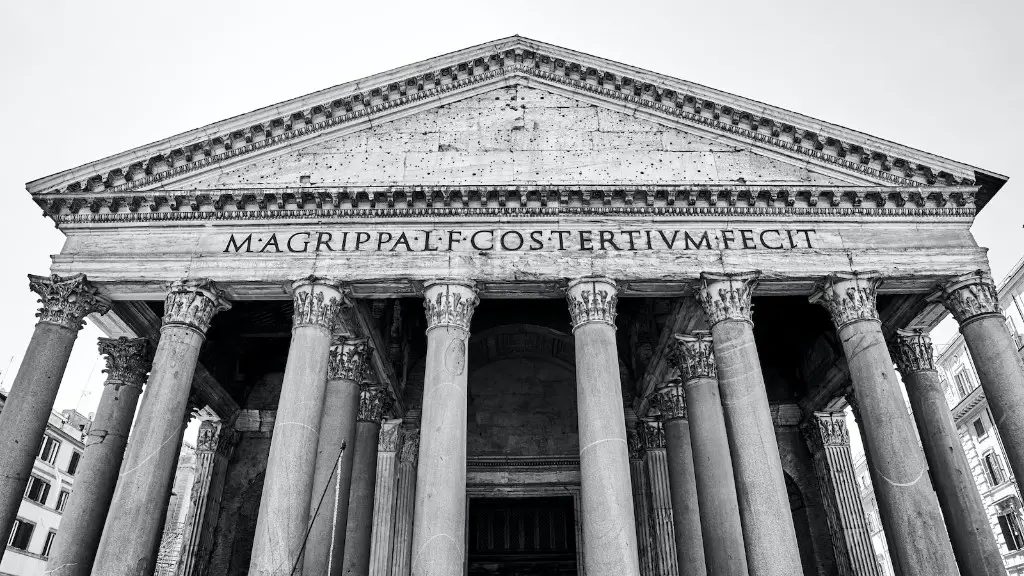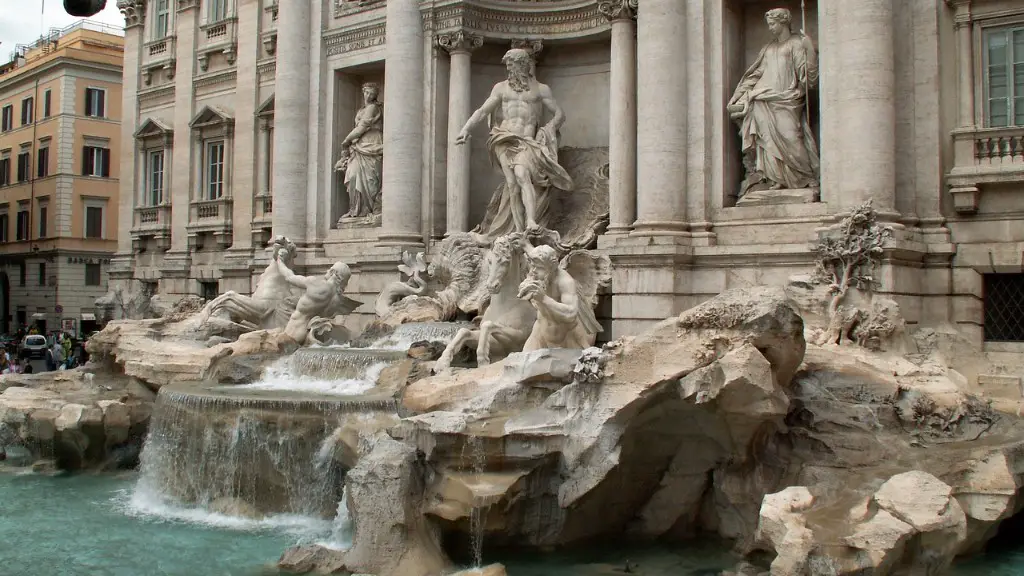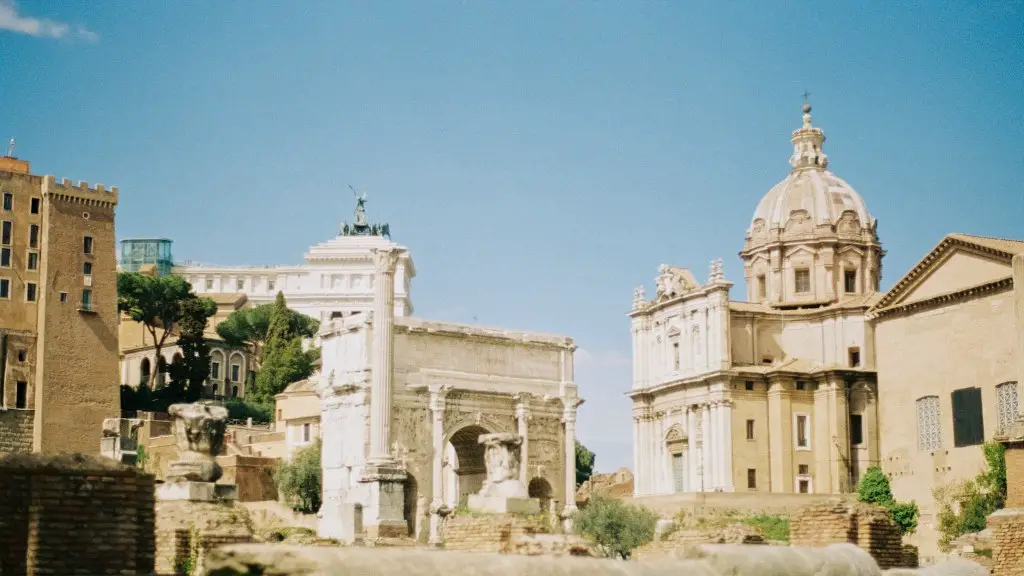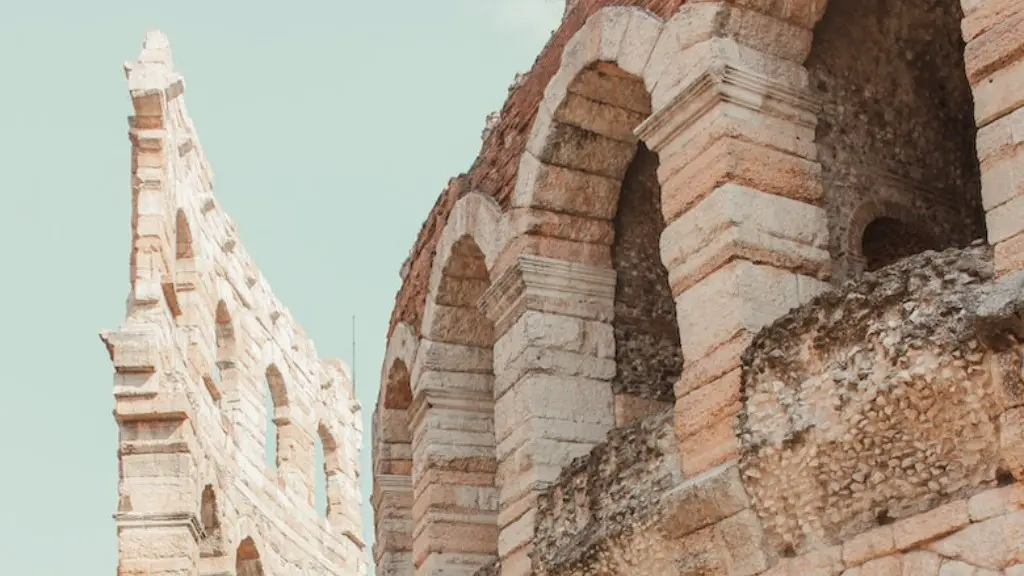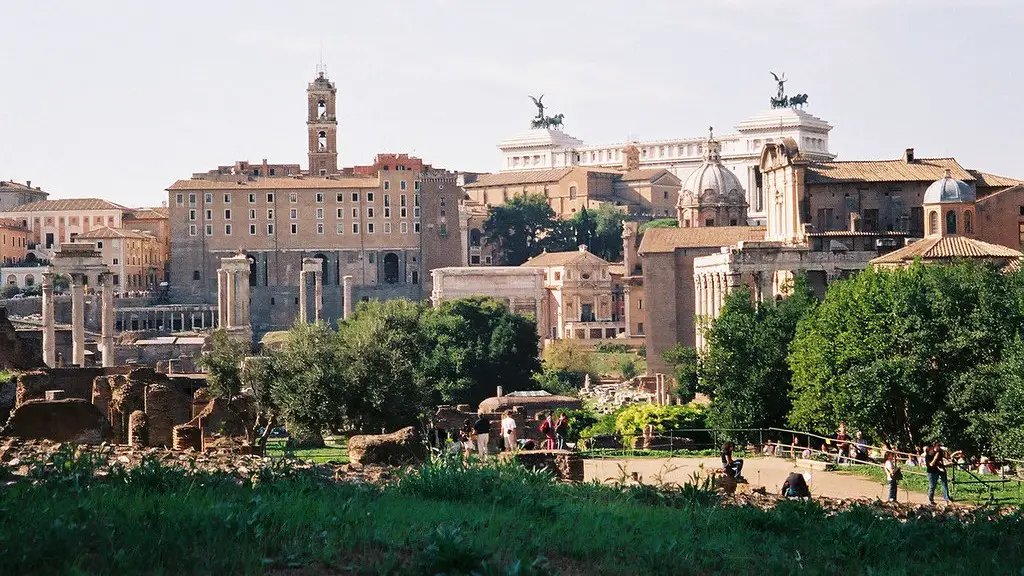Aqueducts were built to bring water to ancient Rome. They were built of stone, brick, or concrete and were usually at least 10 feet high and 6 feet wide. The aqueducts carried water from springs and rivers in the hills outside of Rome to the city. The water was used for public baths, toilets, and fountains.
The ancient Roman aqueducts were built to transport water from distant sources into the city of Rome. The aqueducts were gravity-fed and worked by relying on the difference in elevation between the source and the destination.
How did Romans get water uphill?
The Roman’s engineering prowess is on display in their water management system. By redirecting water sources and using pressurized siphons, they were able to provide water to sloping land, even if it was far away. This allowed them to create layered, arched bridges that could span deep valleys. The water running across the top of the bridge in the open air was an impressive sight.
The Acqua Vergine is one of Rome’s most iconic aqueducts, and it is still functioning today. Built in 19 BC, it has been restored several times over the centuries but remains an impressive feat of engineering. It currently supplies water to some of Rome’s fountains, and is a popular tourist destination.
How does an aqueduct work
The aqueducts were a vital part of Ancient Rome, supplying the city with the water it need to function. The aqueducts were a massive engineering feat, and their construction and maintenance was a huge undertaking. The aqueducts were used to transport water from the source lakes or basins into Rome, and they were constructed so that the water would flow in a continuous, shallow slope. The workers who built the aqueducts dug winding channels underground and created networks of water pipes to carry the water into Rome.
The Roman aqueducts were a feat of engineering. Instead of using pumps to move water, the Romans searched for springs outside of the city and brought the water to Rome. To find these springs, Romans would look for green grass during dry seasons or certain vegetation growth. Many times, Romans would have to dig far underground to access the springs. They would then build a tunnel to start an aqueduct.
How did the Romans stay hydrated?
Posca is a blend of vinegar and water that was used by the Roman army. It is possible that posca was Greek in origin.
The ancient aqueducts of Rome are a fascinating example of engineering feats from long ago. It’s amazing that these structures, some of which are over 2,000 years old, are still in use today. These aqueducts were built to bring freshwater from sources up to 92 kilometers away from the city. Rome’s aqueducts are a testimony to the skill of the engineers who designed and built them.
Did Roman aqueducts leak?
The Roman aqueducts were a amazing feat of engineering. However, because of lack of maintenance, there were many leaks in the system. This meant that the water was not always running inside the aqueducts.
The water system in Ancient Rome was very efficient in helping to keep the city clean. The aqueducts brought fresh water into the city, while the sewers carried away waste water. This helped to keep the streets and homes clean and free of sewage.
Why did the Romans cover their aqueducts
Aqueducts are one of the most iconic features of Roman architecture. Although they are most commonly associated with grandiose stone structures, the vast majority of Roman aqueducts were actually built underground. Builders knew that by keeping them covered and protecting the water from sunlight, they’d avoid contaminants and stave off algae.
The stunning Tarragona Aqueduct (also known as the Les Ferreres Aqueduct) is the last remaining section of the ancient aqueduct which served the Roman city of Tarraco. It is believed to have been built in the first century AD during the reign of Emperor Augustus. The aqueduct spans over 2km and is made up of a series of arches, some of which are nearly 20m high. It is a truly impressive sight and a reminder of the great engineering feats of the Roman Empire.
Did ancient Rome have running water?
Public fountains were the only source of potable water for ancient Romans. Wealthy citizens had private access to water in their homes, but the majority of the population had to rely on public fountains. These fountains were often the only source of fresh water in the city, and served as a gathering place for the community.
The Roman aqueducts were one of the most impressive feats of engineering of their time. They were used to transport water from sources outside of the city to homes and businesses within the city. Here are six facts about Roman aqueducts:
1. Romans built aqueducts from stone, bricks and cement.
2. They needed a huge amount of maintenance.
3. They relied on a downward slope.
4. The city of Rome alone had 11 different aqueducts.
5. Aqueducts were also built in other parts of the world, such as in China and India.
6. Roman aqueducts are still in use today in some parts of the world.
How did Romans keep pools clean
The Roman baths were not very clean by today’s standards. They did not have disinfectants and it is likely that the bathing pools were only periodically emptied and cleaned. In addition, the baths often had built-in toilets which recycled bath water to carry away the waste. This means that the water that people bathed in was probably quite dirty.
Aqueducts helped keep Romans healthy by carrying away used water and waste, and they also took water to farms for irrigation. So how did aqueducts work? The engineers who designed them used gravity to keep the water moving. If the channel was too steep, water would run too quickly and wear out the surface.
What was the problem with Roman aqueducts?
The fall of the Roman Empire led to the decline of many cities, as aqueducts were either deliberately vandalised or fell into disuse. This was devastating for larger cities, as Rome’s population declined from over 1 million in the Imperial era to just 100-200,000 after the siege of 537 AD.
It is evident from the above that the Romans were a society that regularly engaged in drunkenness, and that this was considered an acceptable and even desirable part of their culture. While this may be different from our own modern sensibilities, it is important to remember that such practices were commonplace in the Roman world and should be understood in that context.
Why did Roman soldiers carry vinegar
Posca was a popular drink among Roman soldiers and was made from acetum, a byproduct of winemaking. It was mostly just wine that had gone bad, but it was still a refreshing drink for the troops.
Most ancient Romans drank wine (Latin: vinum) mixed with water and spices, but soldiers and slaves drank posca, which was a diluted vinegar beverage. Although beer was invented at the time, the ancient Romans refused to drink it because they considered it to be a barbaric drink.
Final Words
Aqueducts were water channels that were built to transport water from a remote source to a populated area. The ancient Romans were masters of engineering and constructed an extensive system of aqueducts that supplied the city of Rome with water for public baths, toilets, and fountains. The aqueducts also supplied water to private homes, though most of the wealthy citizens had their own private wells.
Aqueducts were a vital part of Ancient Rome’s water infrastructure. They were used to transport water from springs and rivers to urban areas for domestic use, as well as for public baths and fountains. Aqueducts were also used to provide water for agricultural and industrial needs. The aqueducts were gravity-fed and ran along elevated channels, often supported by arches or subterranean tunnels.
